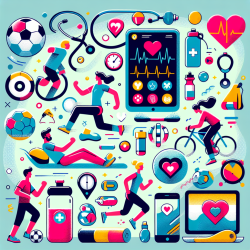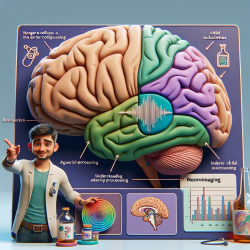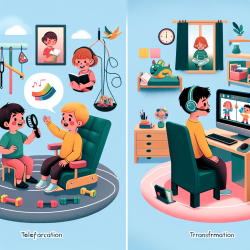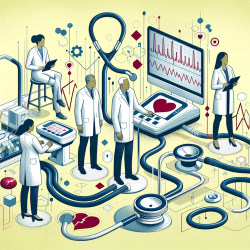Introduction
In the ever-evolving landscape of pediatric health care, understanding the factors that can lead to reduced health care costs while promoting health is crucial. A recent study titled Relationship between Vigorous Physical Activity and Health Care Costs among Adolescents: ABCD Growth Study sheds light on the significant role that vigorous physical activity plays in mitigating health care expenses among adolescents. This blog aims to translate these findings into actionable insights for practitioners, particularly those involved in providing online therapy services like TinyEYE, to enhance outcomes for children.
The Study at a Glance
The study analyzed data from 85 adolescents aged 11 to 18, focusing on the relationship between their physical activity levels and annual health care costs. Using accelerometers to objectively measure physical activity, the researchers found a negative correlation between time spent in vigorous physical activity and health care costs. Specifically, the study reported that each additional minute of vigorous activity per day was associated with a decrease in health care costs.
Key Findings
- Adolescents engaging in vigorous physical activity incurred lower health care costs, primarily due to reduced medication expenses.
- The study found that vigorous physical activity was inversely related to health care costs with a small magnitude (r = -0.342).
- Vigorous activity was more effective in reducing costs than moderate or light activities.
Implications for Practitioners
These findings have significant implications for practitioners working with adolescents, especially in the context of online therapy services. Here are some strategies to consider:
- Incorporate Physical Activity into Therapy Plans: Encourage adolescents to engage in vigorous physical activities as part of their therapeutic regimen. Activities such as running, cycling, or high-intensity interval training can be effective.
- Educate Families: Provide resources and guidance to families about the benefits of vigorous physical activity, not only for physical health but also for reducing health care costs.
- Monitor and Support: Use technology to track physical activity levels and provide feedback. Online platforms can offer virtual challenges or group activities to motivate adolescents.
Encouraging Further Research
While the study provides valuable insights, it also highlights the need for further research. Practitioners are encouraged to explore the following areas:
- Longitudinal Studies: Conduct long-term studies to assess the sustained impact of vigorous physical activity on health care costs and health outcomes.
- Broader Populations: Expand research to include diverse populations to understand cultural and socioeconomic factors influencing physical activity and health care costs.
- Integration with Technology: Investigate how digital tools and platforms can enhance the promotion and tracking of physical activity among adolescents.
Conclusion
The evidence is clear: vigorous physical activity not only promotes better health outcomes but also reduces health care costs among adolescents. By integrating these findings into practice, practitioners can play a pivotal role in shaping healthier futures for children. As we continue to navigate the post-pandemic world, the promotion of physical activity remains a vital component of pediatric health strategies.
To read the original research paper, please follow this link: Relationship between vigorous physical activity and health care costs among adolescents: ABCD Growth Study.










